Always Stumbling with AI-Generated Images/Videos? A Product Manager Deep-Dives into the Report: 3 Steps from 'Semi-Finished' to 'Productivity'
-
When generative AI becomes a standard tool for content teams, product managers find it more like a 'semi-finished product generator' rather than a true productivity engine. Based on firsthand team pitfalls, this article dissects three key gaps in AI-generated images/videos and proposes a transition path from tools to systems, helping content teams truly leverage AI effectively, correctly, and valuably.

Have you ever noticed how often we're fooled by 'technical parameter showmanship'?
As an AI product manager, I often encounter awkward moments during model integration where the generated results fall short—like AI not understanding the overall style of a video, inconsistent character appearances, or deviations in clothing details. The longer you work with it, the more you wonder: Do these hundreds of millions of parameters truly address real industry needs?
After reviewing Hua'an Securities' July 2025 report, AI Series Topic Tracking: Video and Image Generation Models, I finally found clarity—it's not that AI technology itself is limited, but rather that we often fall into the trap of 'piling on features and flaunting parameters,' overlooking the real needs from actual industry scenarios.
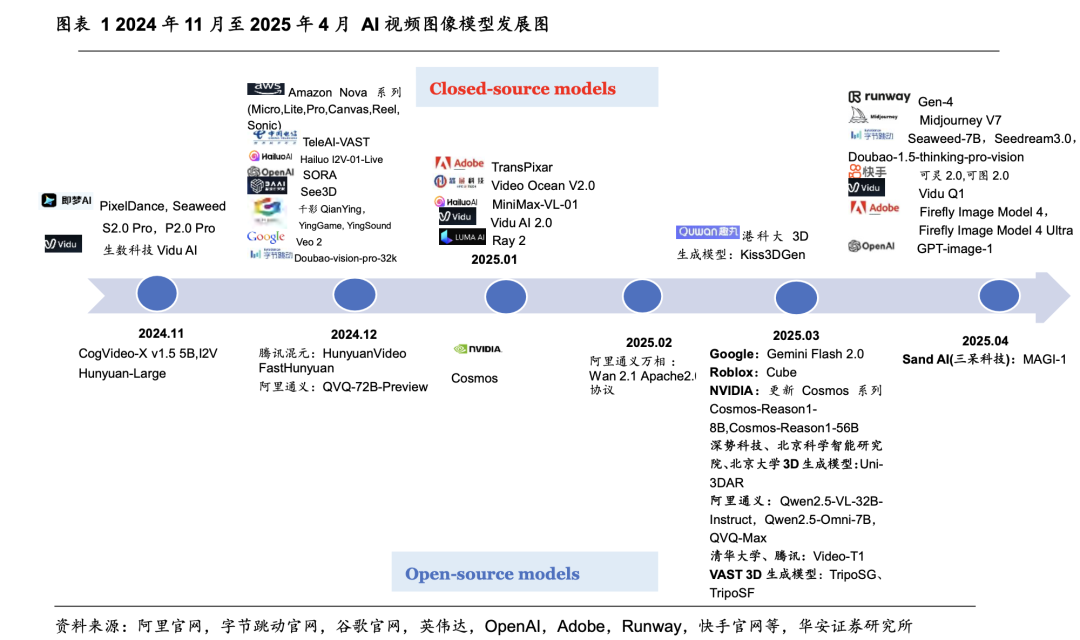
Today, from a product manager's perspective, I'll break down the report's practical cases, discuss common pitfalls in AI product development, and how to truly align with industry demands.
1. Don’t Obsess Over 'Generation Duration'—Industries Need 'Efficiency Gains'
A while ago, a friend working with a film client heard the producer complain: 'You claim AI can generate 20-minute animations, but in reality, revising a storyboard takes 3 days, and AI-generated character outfits are inconsistent. This 'long-video capability' is useless to us.' He didn’t get it until he saw the report's cases, realizing how skewed their understanding of 'needs' was.
The report shows that while AI can now assist with end-to-end tasks like 'script generation → character modeling → animation → voiceovers' for films like Queen of the Seas Zheng Yi Sao, what studios value most isn’t 'long-video generation' but 'rapid iteration.' For example, Tencent’s ZenRender engine for Douluo Continent lets artists sketch drafts, with AI completing coloring and detailing in 10 minutes—tripling efficiency. Shanghai Film’s 'Future Imaging Project' with JiMeng AI digitally revived Sun Wukong from Havoc in Heaven, eliminating manual restoration and slashing production time.
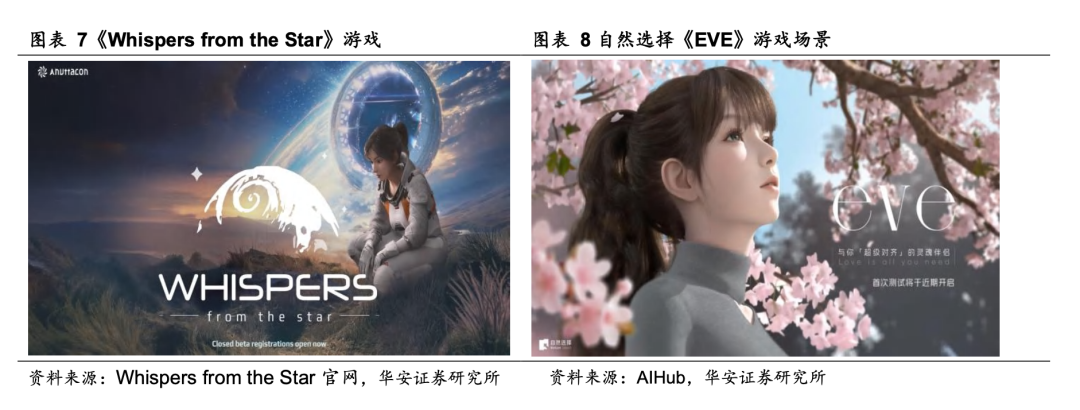
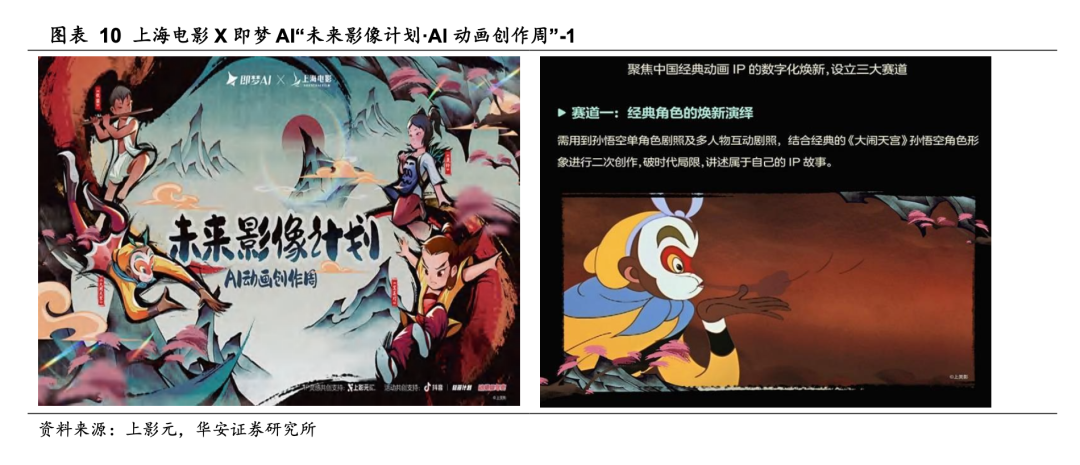
This reminded me of an AI film tool we spent three months optimizing for '1-hour video generation,' only for clients to say, 'We’d rather have a tool for quick storyboard adjustments.' Now I see: the core need isn’t 'longer videos' but 'embedding AI into workflows to reduce repetitive tasks.'
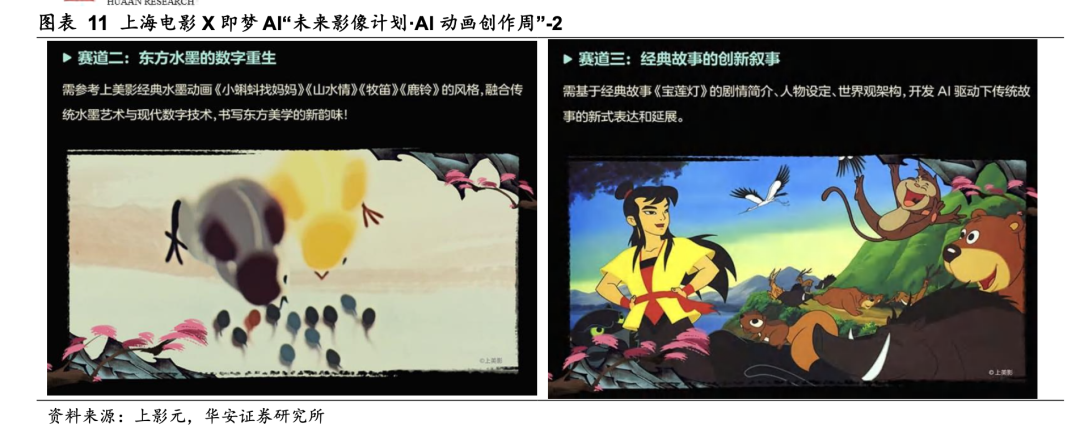
Gaming follows similar logic. A game art designer once said, 'Editing a character’s hair texture takes 2 days.' But Tencent’s Hunyuan 3D model 2.0 compresses modeling to minutes, separating 'geometry' and 'texture' optimization. Kingnet’s EVE AI companion game tracks player preferences—like favoring ancient-style outfits—then NPCs recommend matching gear. That’s real 'personalized interaction,' not just flashy but hollow scenes.
2. Users Complain 'AI Doesn’t Understand'—It’s Not the Prompts, It’s the Input
In AI products, we often hear: 'I asked for "warm sunlight," but AI gave "harsh glare"!' We blamed users’ prompt skills until the report’s 'multimodal input' cases showed our tools were too limited.
Kuaishou’s Keling 2.1 'MVL interaction' lets users upload a 'blue tech logo' image plus 'dynamic rotation' text for precise output. Alibaba’s Tongyi Wanxiang generates '360° product videos' from images—no prompt tweaks needed.
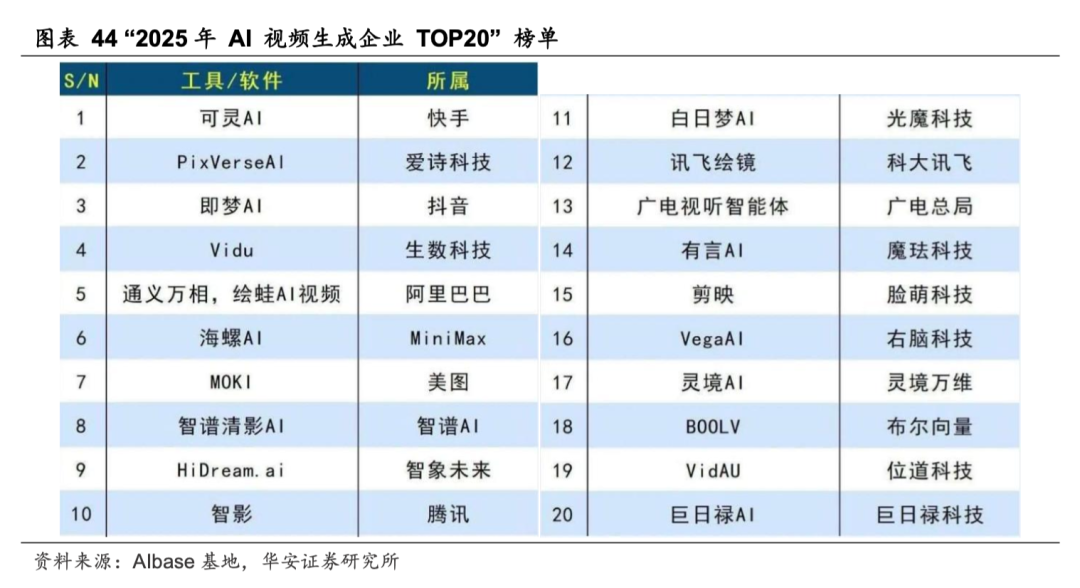
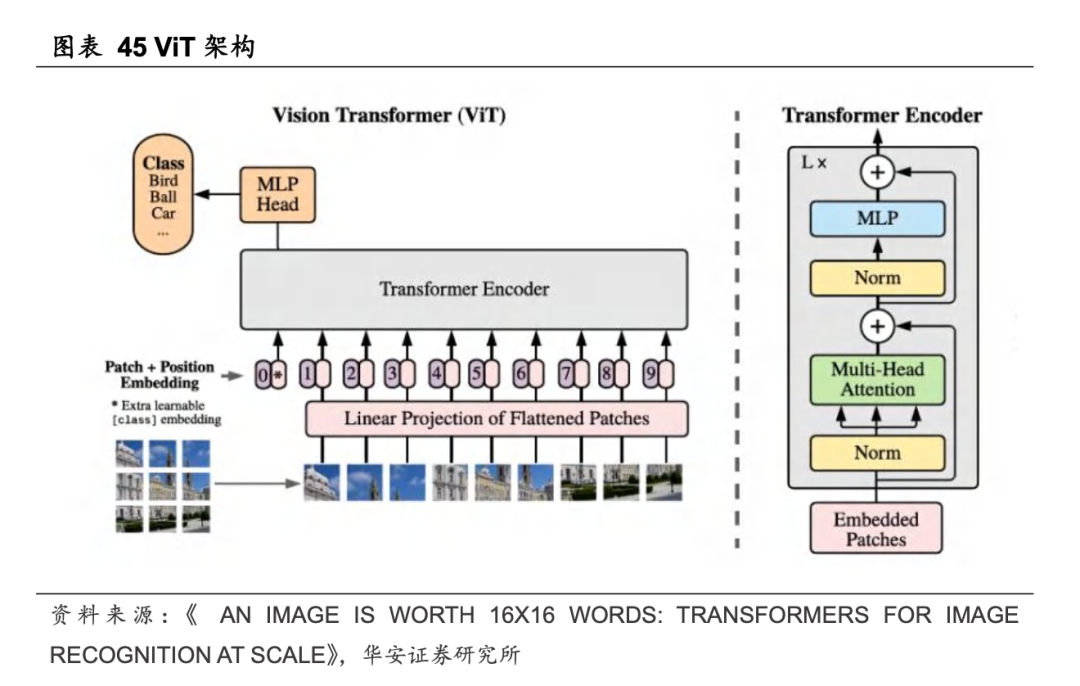
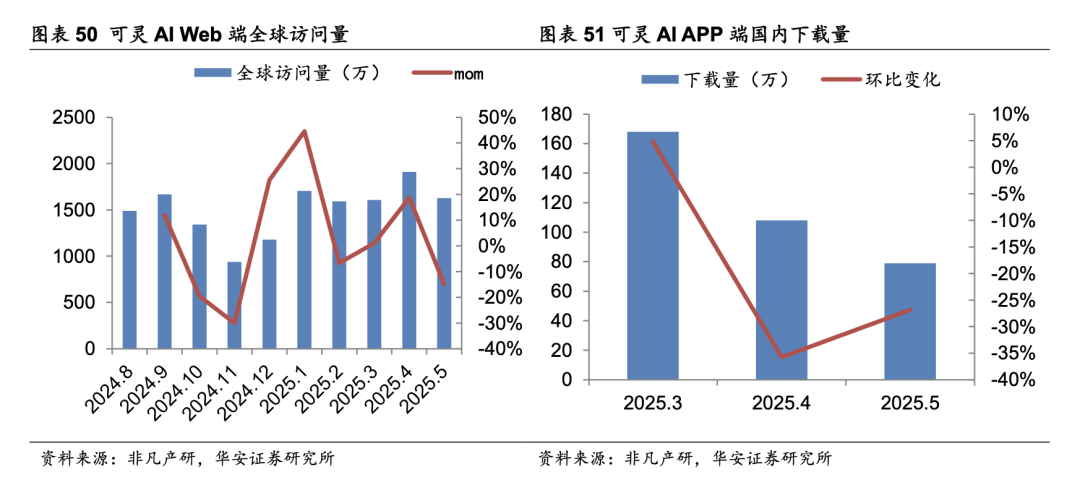
Our first AI art tool had 60% revision rates with text-only input; adding 'reference images' halved it. Users weren’t bad at expressing—we failed to provide intuitive interaction. Multimodal input isn’t gimmicky; it solves real 'miscommunication' pain points.
Another issue: AI often defies physics. A colleague generated 'rain' with droplets flying upward—a 'locally logical, globally absurd' flaw. Runway Gen-4’s GVFX blends effects seamlessly with live footage; Keling 2.1 improved fluid/cloth physics. Fixing such bugs beats parameter bragging.
3. C-Subscriptions Struggle—B-Customization Is the Profit Key
Early on, we focused on C-subscriptions, thinking 'scale ensures profit,' but monthly revenue barely hit six figures amid 'overpriced, impractical' complaints. The report’s data revealed B-customization as the real growth driver.
Keling serves Xiaomi, BlueFocus, etc., generating AI course videos for edtech and product demos for e-commerce. Tongyi Wanxiang 'revives' old videos—like updating ad backgrounds sans reshoots—saving clients millions.
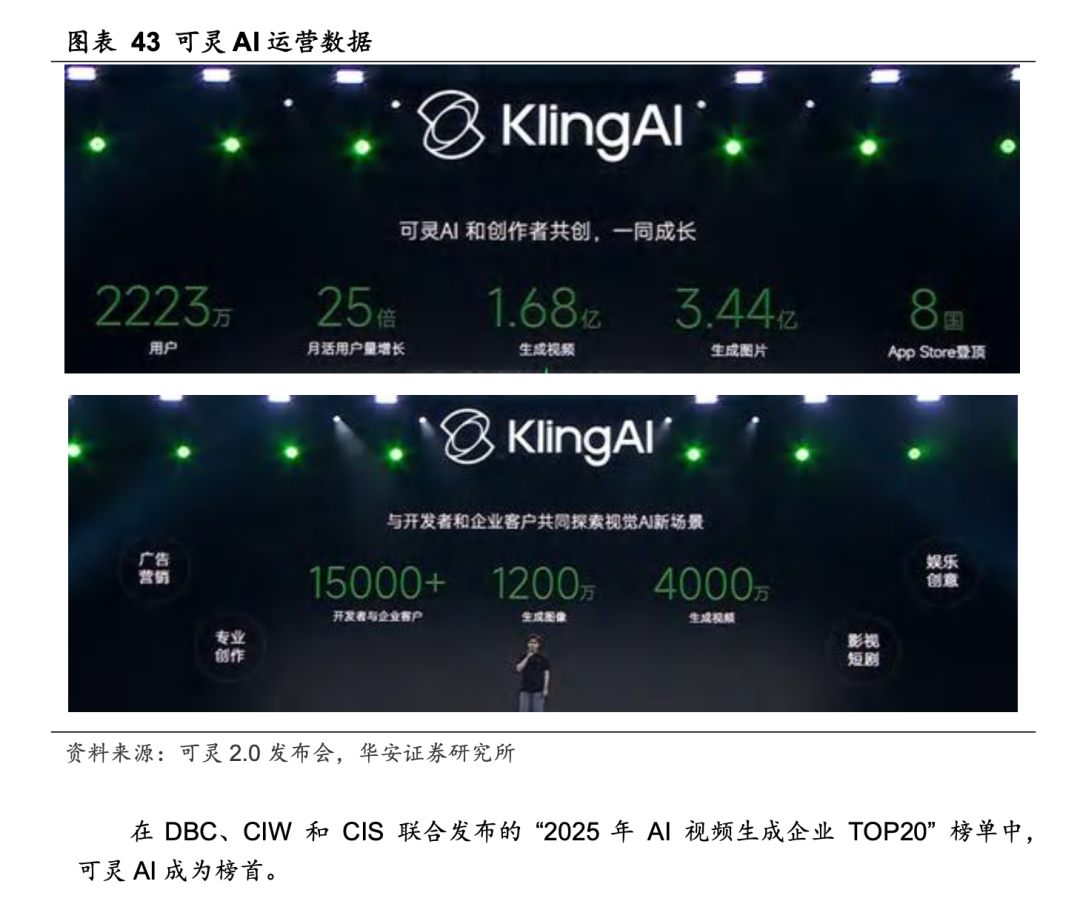
C-users want 'cheap, lightweight tools'; B-clients need 'tailored solutions.' Our C-focus was a detour.
4. AI Product Pitfalls: The Report’s Unspoken PM Must-Knows
The report flags industry risks; here are three PM-specific tips:
- Beware 'tech omnipotence': A vendor promised '3-month updates' but took 6, forcing us to scramble for alternatives—always have a Plan B for AI’s unpredictability.
- Prioritize copyright: A peer’s tool faced lawsuits for infringing outputs. Now, like LiblibAI, we pre-build copyright ecosystems, clarifying liability to avoid legal woes.
- Avoid 'praise without pay': A beloved AI tool priced itself out due to high tech costs—balance 'investment' and 'user affordability' or risk unsustainable ops.
Final Thoughts
My biggest takeaway: AI products have moved beyond 'parameter wars.' Today’s edge lies in 'understanding industry needs.' We chase 'billions of parameters' and 'long generations,' ignoring users’ 'fewer revisions' and 'time saved.'
Next time someone brags about 'XX-billion-parameter models,' ask:
'What real problems does it solve?'
For PMs, building 'products users keep using' trumps 'technically superior' ones every time.
